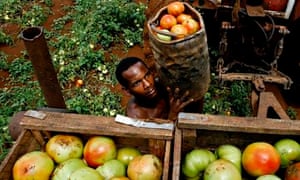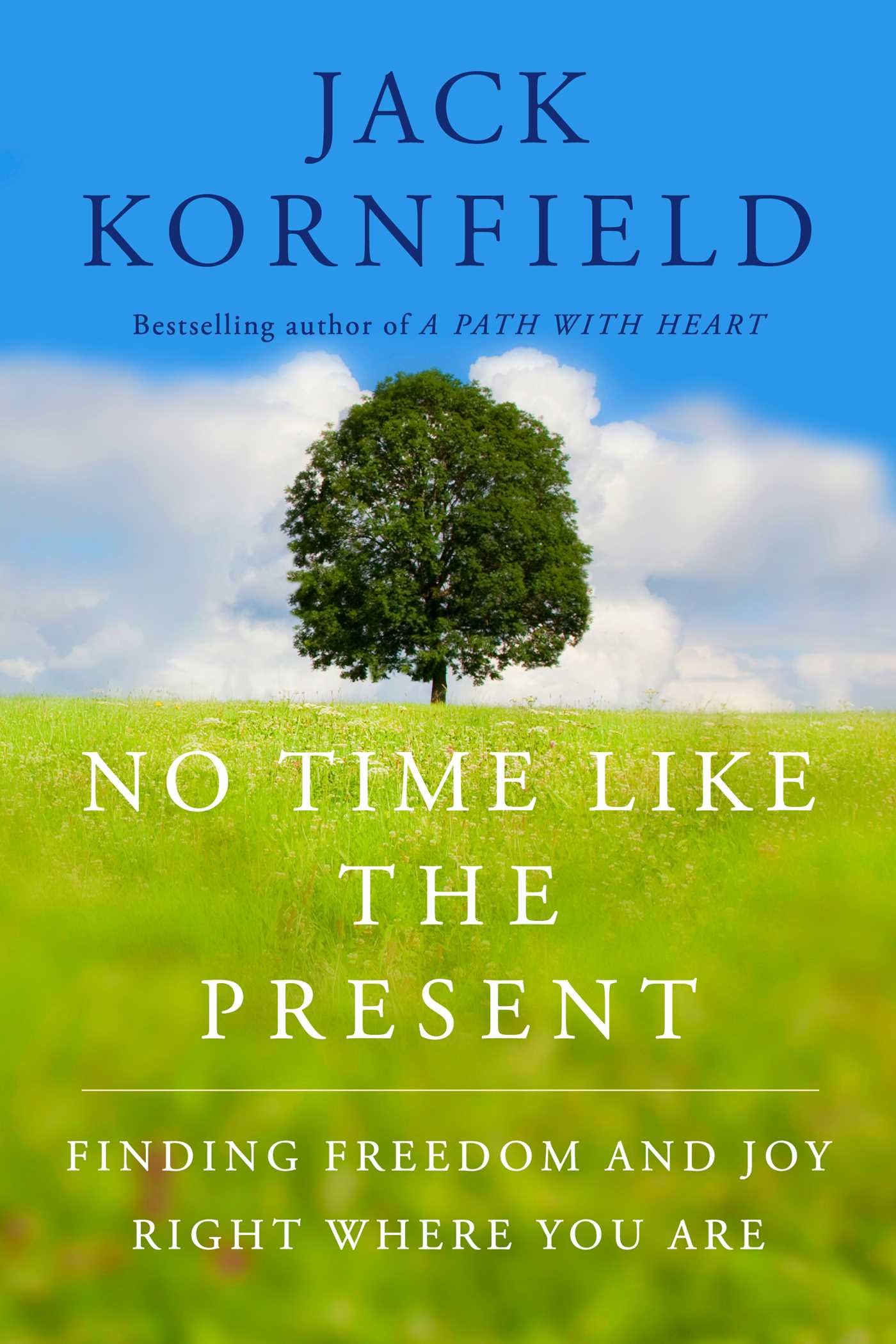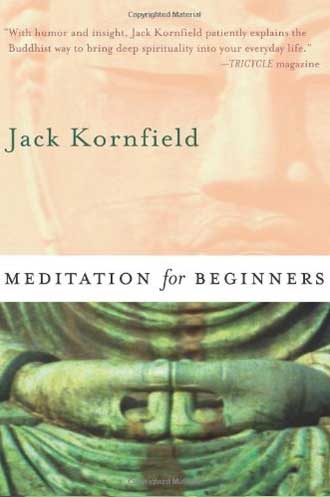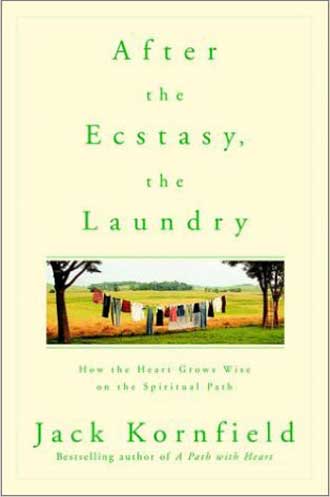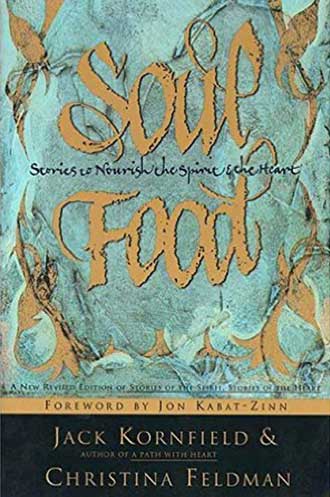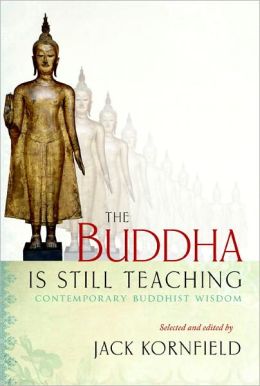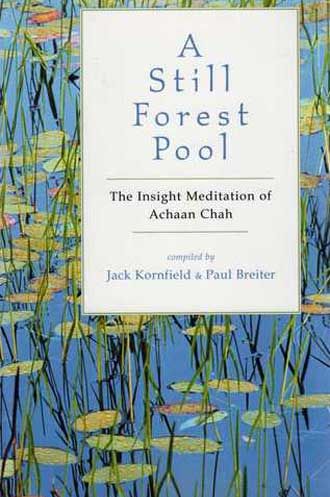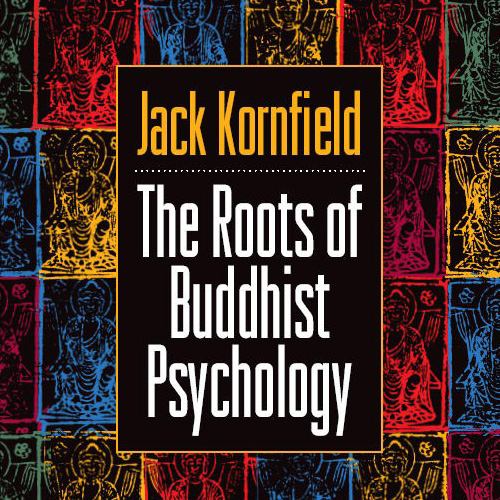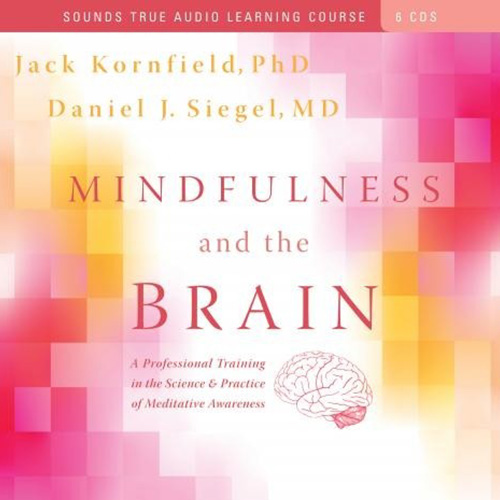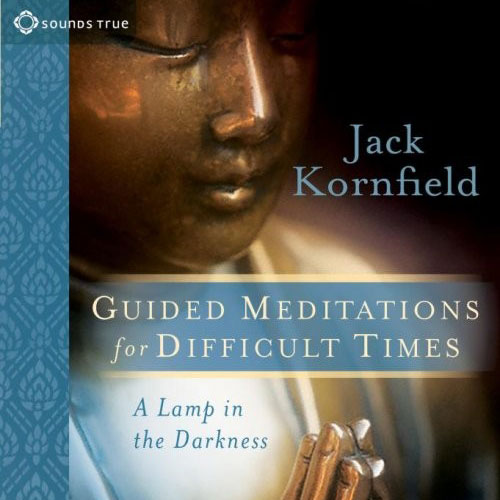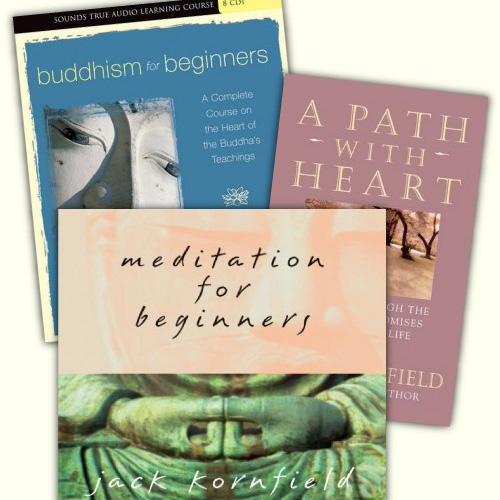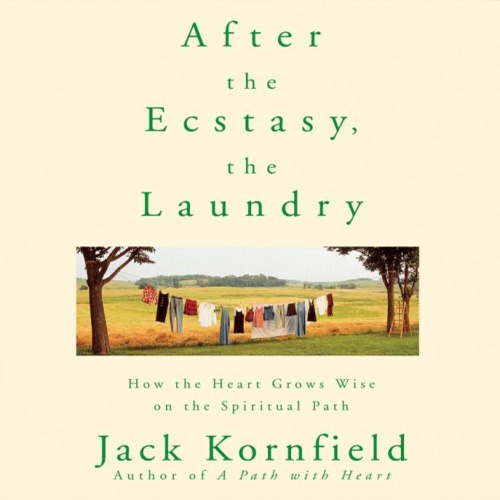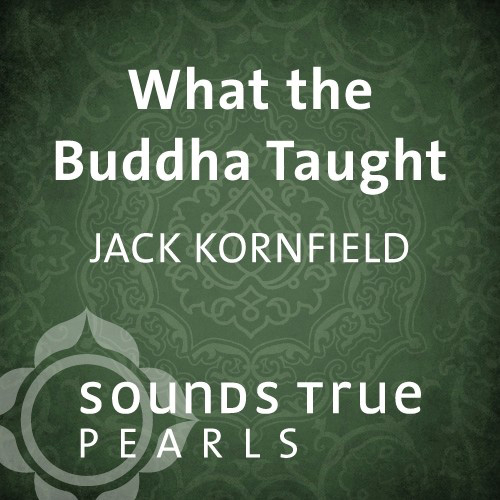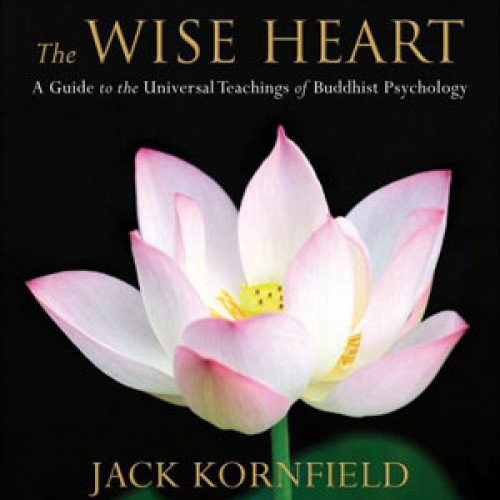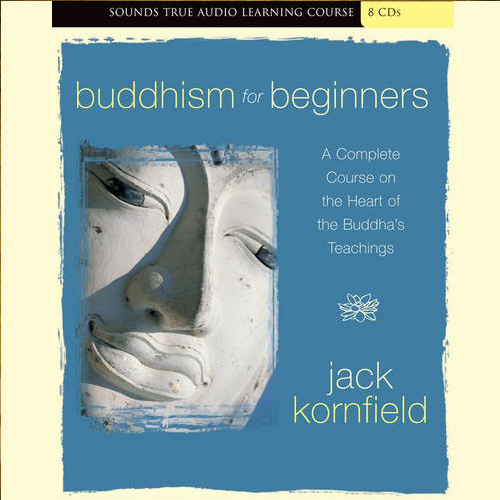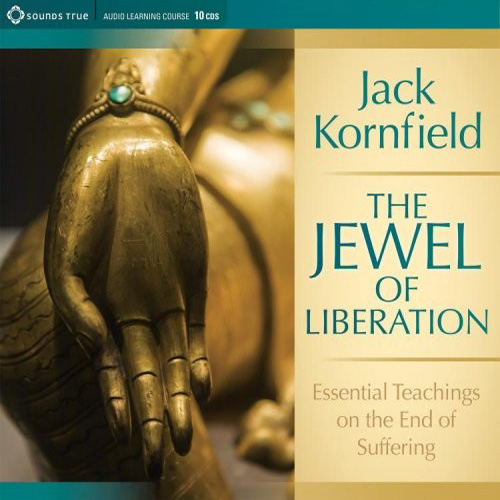Cuba's organic revolution | Environment | The Guardian
Organics
Cuba's organic revolution
The collapse of the Soviet Union forced Cuba to become self-reliant in its agricultural production. The country's innovative solution was urban organic farming, the creation of 'organoponicos'. But will it survive a change of government? Ed Ewing reports
Ed Ewing
Fri 4 Apr 2008
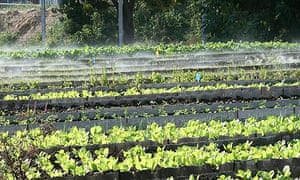
Organoponico plaza, Havana, Cuba. Photograph: James Pagram
Below the high ceilings of the Telegraph hotel in Bayamo, south-east Cuba, the barman is mixing a perfect mojito. Rum, sugarcane juice, lime, carbonated water, and a whole sprig of mint.
But the key ingredient isn't any old mint. This is mint, as the Cubans say, "from the patio". Or at least, from the hotel's own rooftop garden.
"It's not very big," says the barman, "just two boxes." But it's where the hotel grows all its mint for its mojitos. And if there's a run on mojitos, what then? "El organiponico," he replies. An organic vegetable garden on the outskirts of Bayamo has all the mint you could wish for, he explains.
Organiponicos are the most visible part of Cuba's unique answer to a very serious problem – how to feed its people. But with Fidel Castro's resignation last month, could this unique system of organic urban agriculture – the world's largest example - be under threat?
Before the revolution nearly half the agricultural land in Cuba was owned by 1% of the people. After it, agriculture was nationalised and mechanised along Soviet lines. Trade with the once great superpower meant swapping sugarcane, which Cuba produced in industrial abundance, for cheap food and materials like machinery and petrochemical fertilisers.
Agricultural revolution
But when the USSR collapsed in 1990/91, Cuba's ability to feed itself collapsed with it. "Within a year the country had lost 80% of its trade," explains the Cuba Organic Support Group (COSG). Over 1.3m tonnes of chemical fertilisers a year were lost. Fuel for transporting produce from the fields to the towns dried up. People started to go hungry. The UN Food and Agriculture Organisation (UNFAO) estimated that calorie intake plunged from 2,600 a head in the late 1980s to between 1,000 and 1,500 by 1993.
Radical action was needed, and quickly. "Cuba had to produce twice as much food, with less than half the chemical inputs," according to the COSG. Land was switched from export crops to food production, and tractors were switched for oxen. People were encouraged to move from the city to the land and organic farming methods were introduced.
"Integrated pest management, crop rotation, composting and soil conservation were implemented," says the COSG. The country had to become expert in techniques like worm composting and biopesticides. "Worms and worm farm technology is now a Cuban export," says Dr Stephen Wilkinson, assistant director of the International Institute for the Study of Cuba.
Thus, the unique system of organoponicos, or urban organic farming, was started. "Organoponicos are really gardens," explains Wilkinson, "they use organic methods and meet local needs."
"Almost overnight," says the COSG, the ministry of agriculture established an urban gardening culture. By 1995 Havana had 25,000 huertos – allotments, farmed by families or small groups – and dozens of larger-scale organoponicos, or market gardens. The immediate crisis of hunger was over. Now, gardens for food take up 3.4% of urban land countrywide, and 8% of land in Havana. Cuba produced 3.2m tonnes of organic food in urban farms in 2002 and, UNFAO says, food intake is back at 2,600 calories a day.
Organoponico plaza
A visit to Havana's largest organoponico, the three-hectare Organoponico Plaza, which lies a stone's throw from the city's Plaza de la Revolución and the desk of Raul Castro, confirms that the scheme is doing well. Rows of strikingly neat irrigated raised beds are home to seasonal crops of lettuces, spring onions, chives, garlic and parsley.
Guava and noni fruit trees provide shade around the perimeter, while on the far side compost piles sit next to plastic tunnels used to raise seedlings. Outside in the shop, signs extol the virtues of eating your greens.
The shop is open only on Mondays. Produce is sold by the people who work the garden (they keep 50% of sales, so are motivated to produce a lot) to the people who live nearby. In this case, the organoponico serves an estate that wouldn't look out of place in Tower Hamlets or Easterhouse. Yet inside, butterflies flit and the head gardener, Toni, turns sod like he is digging at Prince Charles's Highgrove estate.
A success then? "In terms of improving the diet of the population it has had a beneficial effect," says Wilkinson.
"And it has been a success in terms of meeting some of the food security needs," he says, "but it has not resolved the problem since the island still imports a great deal of food."
And change is on the horizon, which might be good for living standards, but not so good for Cuba's commitment to pesticide-free food.
The US trade embargo is losing its "symbolic meaning", says Julie M Bunck, assistant professor of political science at the University of Louisville and author of Fidel Castro and the Quest for a Revolutionary Culture in Cuba, and as that happens, "Cuba will evolve, embrace the market in some way, begin to produce and buy and sell normally." General farming will "most likely" move away from organic methods says Wilkinson. Farming on a large scale after all, he says, has seen a reduction in pesticide and fertiliser use mainly due to "financial constraints, not choice". But, he notes: "Organoponicos fulfil a local and specific need and are unlikely to disappear." He adds: "The commitment to organics in agriculture may not be 100% because of climate and the need to boost production. But policies that encourage environmental protection will continue so long as the present government remains." When that changes, Cuba's unique experiment with organic farming will change too.
Topics
Below the high ceilings of the Telegraph hotel in Bayamo, south-east Cuba, the barman is mixing a perfect mojito. Rum, sugarcane juice, lime, carbonated water, and a whole sprig of mint.
But the key ingredient isn't any old mint. This is mint, as the Cubans say, "from the patio". Or at least, from the hotel's own rooftop garden.
"It's not very big," says the barman, "just two boxes." But it's where the hotel grows all its mint for its mojitos. And if there's a run on mojitos, what then? "El organiponico," he replies. An organic vegetable garden on the outskirts of Bayamo has all the mint you could wish for, he explains.
Organiponicos are the most visible part of Cuba's unique answer to a very serious problem – how to feed its people. But with Fidel Castro's resignation last month, could this unique system of organic urban agriculture – the world's largest example - be under threat?
Before the revolution nearly half the agricultural land in Cuba was owned by 1% of the people. After it, agriculture was nationalised and mechanised along Soviet lines. Trade with the once great superpower meant swapping sugarcane, which Cuba produced in industrial abundance, for cheap food and materials like machinery and petrochemical fertilisers.
Agricultural revolution
But when the USSR collapsed in 1990/91, Cuba's ability to feed itself collapsed with it. "Within a year the country had lost 80% of its trade," explains the Cuba Organic Support Group (COSG). Over 1.3m tonnes of chemical fertilisers a year were lost. Fuel for transporting produce from the fields to the towns dried up. People started to go hungry. The UN Food and Agriculture Organisation (UNFAO) estimated that calorie intake plunged from 2,600 a head in the late 1980s to between 1,000 and 1,500 by 1993.
Radical action was needed, and quickly. "Cuba had to produce twice as much food, with less than half the chemical inputs," according to the COSG. Land was switched from export crops to food production, and tractors were switched for oxen. People were encouraged to move from the city to the land and organic farming methods were introduced.
"Integrated pest management, crop rotation, composting and soil conservation were implemented," says the COSG. The country had to become expert in techniques like worm composting and biopesticides. "Worms and worm farm technology is now a Cuban export," says Dr Stephen Wilkinson, assistant director of the International Institute for the Study of Cuba.
Thus, the unique system of organoponicos, or urban organic farming, was started. "Organoponicos are really gardens," explains Wilkinson, "they use organic methods and meet local needs."
"Almost overnight," says the COSG, the ministry of agriculture established an urban gardening culture. By 1995 Havana had 25,000 huertos – allotments, farmed by families or small groups – and dozens of larger-scale organoponicos, or market gardens. The immediate crisis of hunger was over. Now, gardens for food take up 3.4% of urban land countrywide, and 8% of land in Havana. Cuba produced 3.2m tonnes of organic food in urban farms in 2002 and, UNFAO says, food intake is back at 2,600 calories a day.
Organoponico plaza
A visit to Havana's largest organoponico, the three-hectare Organoponico Plaza, which lies a stone's throw from the city's Plaza de la Revolución and the desk of Raul Castro, confirms that the scheme is doing well. Rows of strikingly neat irrigated raised beds are home to seasonal crops of lettuces, spring onions, chives, garlic and parsley.
Guava and noni fruit trees provide shade around the perimeter, while on the far side compost piles sit next to plastic tunnels used to raise seedlings. Outside in the shop, signs extol the virtues of eating your greens.
The shop is open only on Mondays. Produce is sold by the people who work the garden (they keep 50% of sales, so are motivated to produce a lot) to the people who live nearby. In this case, the organoponico serves an estate that wouldn't look out of place in Tower Hamlets or Easterhouse. Yet inside, butterflies flit and the head gardener, Toni, turns sod like he is digging at Prince Charles's Highgrove estate.
A success then? "In terms of improving the diet of the population it has had a beneficial effect," says Wilkinson.
"And it has been a success in terms of meeting some of the food security needs," he says, "but it has not resolved the problem since the island still imports a great deal of food."
And change is on the horizon, which might be good for living standards, but not so good for Cuba's commitment to pesticide-free food.
The US trade embargo is losing its "symbolic meaning", says Julie M Bunck, assistant professor of political science at the University of Louisville and author of Fidel Castro and the Quest for a Revolutionary Culture in Cuba, and as that happens, "Cuba will evolve, embrace the market in some way, begin to produce and buy and sell normally." General farming will "most likely" move away from organic methods says Wilkinson. Farming on a large scale after all, he says, has seen a reduction in pesticide and fertiliser use mainly due to "financial constraints, not choice". But, he notes: "Organoponicos fulfil a local and specific need and are unlikely to disappear." He adds: "The commitment to organics in agriculture may not be 100% because of climate and the need to boost production. But policies that encourage environmental protection will continue so long as the present government remains." When that changes, Cuba's unique experiment with organic farming will change too.
Topics

